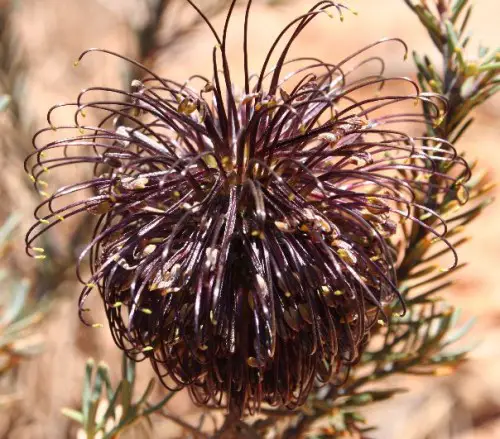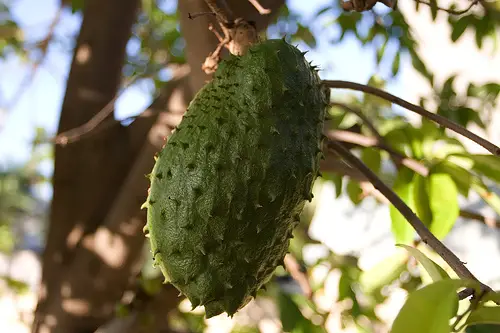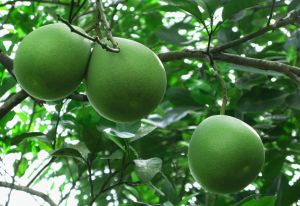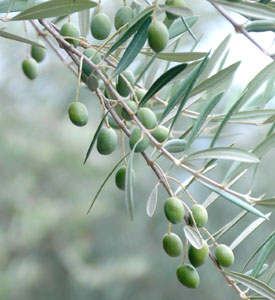Violet Banksia
The Violet Banksia is a tree or shrub species that belongs to the genus Banksia. This shrub is only found in Western Australia and is well known for its purple-violet inflorescences and grows in sandy soils.
It was first described by Charles Gardner in 1927. There are no recognised varieties or subspecies of the Violet Banksia. It is not threatened, and has little value to floriculture and is thus rarely cultivated despite its stunning purple-violet flowers.
The Violet Banksia is a shrub that grows up to 1.5 metres tall. It has narrow leaves that are 1-2 cm long and less than 0.15 cm wide. New growth begins during the summer, and it flowers during November to April.
Like typical banksias, flowers will arise in inflorescences or flower spikes. These are made up of hundreds of pairs of flowers that are densely packed in a spiral around a woody axis. Its inflorescence is spherical and is 2 to 3 cm in diameter. The inflorescences are violet in colour, and can range from dark violet-black to lighter violet colours, as well as greenish-yellow in some less pigmented blooms. When the old flowers usually fade to brown, the fruiting structure is a woody ‘cone’ which looks hairy because the old and withered flowers do not drop out. As it ages, it will fade to grey or tan. They will open during fires, and release winged wedge-shaped seeds that are about 2 cm long.
The Violet Banksia can be found in southern regions of Wetsern Australia. Areas include Hyden, Woodanilling, and Esperance. The main distribution of areas include the Avon Wheatbelt, Mallee biogeographic regions, and the Esperance Plains. This plant prefers to grow in white sandy soils, that may be overlying quartzite, laterite, or clay. It will usually grow amongst shrublands and heaths, and is associated with mallee eucalypts.
Despite its dramatic purple-violet colour, it is rarely cultivate. This is because this plant grows slowly and can be untidy when it ages. It also does not flower until 4 – 5 years later. Flowers are an unusual purple-violet colour that needs light pruning that is not below the foliage. It requires a sunny position. It is no value in floriculture and the inflorescences are too small and can be obscure by the foliage. However, they may be excellent characteristics for plant breeding.




